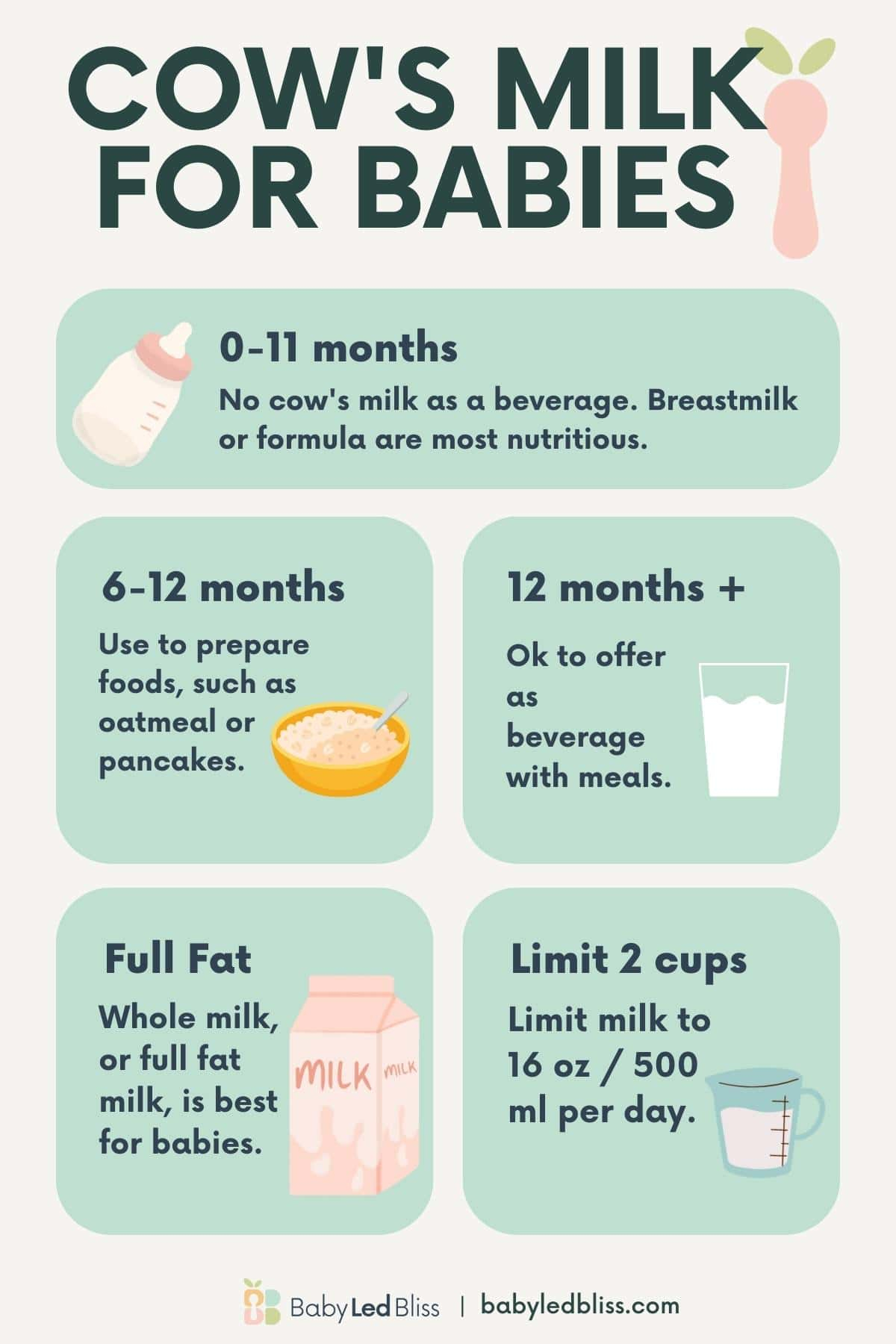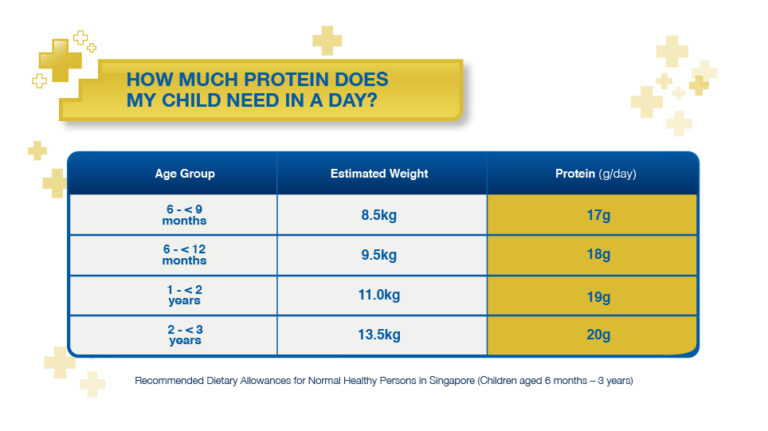How To Introduce Milk To Baby: A Comprehensive Guide
Introducing milk to your baby is an important milestone in their development. Whether you are transitioning from breast milk or formula, it is crucial to do so in a way that is safe and beneficial for your little one’s health. In this article, we will discuss the best practices for introducing milk to your baby, the benefits of milk consumption, and important considerations to keep in mind.
Knowledge
When it comes to introducing milk to your baby, there are a few key things to consider. Firstly, it is recommended to wait until your baby is at least 12 months old before introducing cow’s milk. This is because cow’s milk does not provide the necessary nutrients that babies need in their first year of life. Before this age, breast milk or formula should be the primary source of nutrition for your baby.
There are several types of milk that you can introduce to your baby, including whole cow’s milk, soy milk, almond milk, and more. It is important to choose a milk that is fortified with essential nutrients such as calcium and vitamin D. Whole cow’s milk is generally recommended as the best option for babies over 12 months old, as it is a good source of protein and healthy fats.
When you are ready to introduce milk to your baby, start by offering small amounts in a cup or bottle. You can mix the milk with breast milk or formula at first to help your baby get used to the taste. Gradually increase the amount of milk over time until your baby is drinking it on its own. It is important to monitor your baby’s reaction to milk and watch for any signs of allergies or intolerances.
Milk is an important source of calcium, vitamin D, and protein, which are essential nutrients for your baby’s growth and development. Calcium is important for building strong bones and teeth, while vitamin D helps the body absorb calcium. Protein is also crucial for muscle growth and overall health. Introducing milk to your baby can help ensure they are getting these important nutrients in their diet.
Conclusion
In conclusion, introducing milk to your baby is a significant step in their nutrition journey. By waiting until your baby is at least 12 months old and choosing a fortified milk option, you can help ensure that they are getting the nutrients they need for healthy growth and development. Remember to monitor your baby’s reaction to milk and consult with your pediatrician if you have any concerns.
Overall, the target audience for this article is parents who are looking for guidance on introducing milk to their baby in a safe and beneficial way. By following the recommendations outlined in this article, you can help ensure that your baby’s transition to milk is smooth and successful.
Introducing milk to your baby is not only a nutritional milestone but also a bonding experience between you and your little one. By approaching this process with care and attention to detail, you can set your baby up for a lifetime of healthy eating habits and strong bones. Remember, every baby is different, so it is important to listen to your baby’s cues and adjust your approach as needed.






